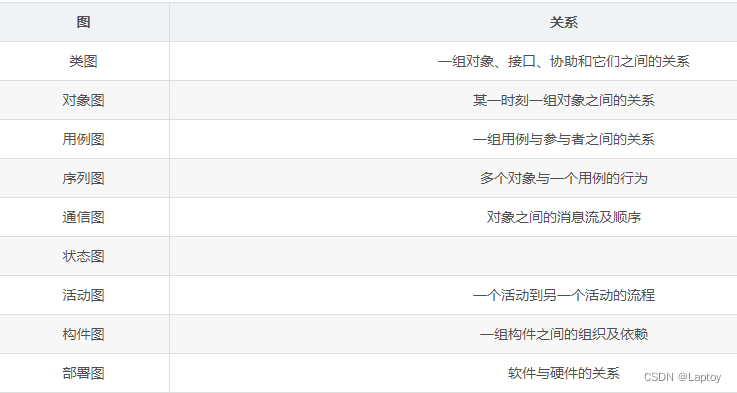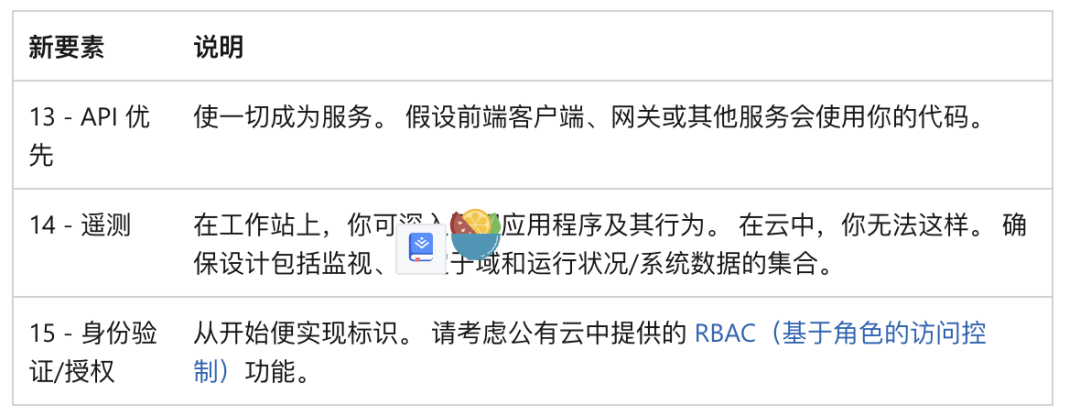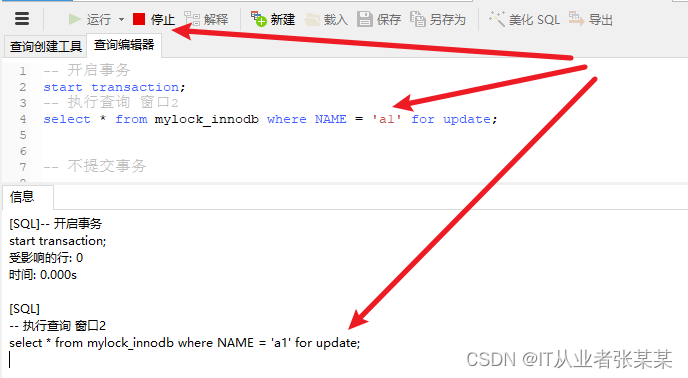快速傅里叶变换(FFT),离散傅里叶变换(DFT)
傅里叶变换
离散傅里叶变换(DFT)用于将一般时间序列变换到频域(即使它们是非周期的),即计算频谱。
计算DFT所需的DFT长度LDFT使用快速傅里叶变换(FFT)算法。np.fft.fft(x,L_DFT)必须选择得比信号x长。通常,如果DFT长度LDFT是2的幂,则fft算法最快。因此,在第12-14行中,检查DFT长度,发现L_DFT=2**14足够长,即比信号x(详见下文)长。
fs=8000 # sampling frequency
t=np.arange(0,2,1/fs) # time vector
f1=1230 # fundamental frequency in Hz
f2=1800 # fundamental frequency in Hz
sin1=np.sin(2*np.pi*f1*t)
sin2=np.sin(2*np.pi*f2*t+np.pi)/2
x=sin1+sin2
# DFT of the signal mixture
L_DFT=2**14 # DFT length
# we first check if the DFT length is longer than the signal length
print('Signal length is ' + str(len(x)))
print('DFT length is ' + str(L_DFT))
# perform DFT using the FFT algorithm
X = np.fft.fft(x,L_DFT)
# create a frequency vector to order negative /positive frequencies
f1=np.linspace(0,fs/2,int(L_DFT/2)) # the positive frequencies (up to fs/2)
f2=np.linspace(-fs/2,0,int(L_DFT/2)) # the negative frequencies
f = np.concatenate([f1, f2])
# plot signals
plt.figure(figsize=(12,8))
plt.subplot(2,2,1)
plt.plot(t[:160],x[:160])
plt.xlabel('time $t$ in seconds')
plt.ylabel('$x(t)$')
plt.subplot(2,2,2)
plt.plot(f, np.abs(X))
plt.title('Absolute value of the DFT of a signal mixture')
plt.xlabel('frequency $f$ in Hz')
plt.ylabel('$|x(f)|$')
plt.subplot(2,2,3)
plt.plot(f, np.real(X))
plt.xlabel('frequency $f$ in Hz')
plt.ylabel('$\mathrm{Re}\{x(f)\}$')
plt.subplot(2,2,4)
plt.plot(f, np.imag(X))
plt.xlabel('frequency $f$ in Hz')
plt.ylabel('$\mathrm{Im}\{x(f)\}$')
plt.tight_layout()
- sin2=np.sin(2np.pif2*t+np.pi)/2 why it add np.pi then divide 2 is that the way to discribe phi?
- np.real(X)
- np.imag(X)
可以看出,时域表示(左上角)不容易解释。频谱的大小(右上角)最清楚地表明,信号由两个正弦波部分组成,还可以看到信号在哪些频率下包含功率。从下方面板中的实部和虚部,我们可以看到光谱含量在实部和虚部之间“区分”。对于这个例子,我们可以得出结论,震级|x(f)|最容易解释。
提示:使用numpy函数fft可以简化上面示例中频率向量f的相当复杂的构造。fftshift(有关链接,请参见上面的ILO)。
找到合适的DFT/FFT长度-Helper函数计算下一次2的幂
DFT/FFT的一个重要参数是长度LDFT或LFFT。为了确定合适的FFT长度LFFT,我们感兴趣的是一个大于时域(输入)序列长度的数字。FFT通常被实现为各种类型和长度的输入信号有效计算DFT的众多算法的集合,通常使用软件库FFTW(这里为真正感兴趣的人撰写的科学论文)。在运行时,为信号类型(例如,实值、复值等)和长度LFFT选择有效算法。
2的幂有利于使用高效的Cooley–Tukey FFT算法或Radix-2实现FFT()。因此,我们将使用下面的助手函数来确定信号长度的下一个二次幂。这个函数的确切工作方式超出了本课程的范围,但您应该能够使用它。
计算Next-Power-of-2的函数
以下函数nextPowerOf2(L)和nextPowerPOf2_simple(L)是计算适当的FFT长度L_FFT的两个实现,该长度是2的幂,并且总是大于信号长度L。如果您感兴趣,可以使用不同的L,例如,使用下面代码中的主注释中提供的示例。这些函数的确切工作方式超出了本实验表的范围。
def nextPowerOf2(L):
'''
Calculates the smallest power of 2 which is bigger than the length of input variable L
This helper function can be used to calculate an appropriate
length for an DFT which is longer than the signal length L and is a power of 2.
Input:
L: int
signal length
Output:
p: integer which is greater or equal than L and a power of 2
Examples:
for L in range(20):
print('nextPowerOf2(L) for L='+str(L)+' is '+str(nextPowerOf2(L)))
x=ones(11)
L_FFT=nextPowerOf2(len(x))
'''
if (L<2):
return 2
# If n is a power of 2 then return n
if (L and not(L & (L - 1))):
return L
# If n is NOT a power of 2
p = 1
while (p < L) :
p <<= 1
return p
def nextPowerOf2_simple(L):
'''
Calculates the smallest power of 2 which is bigger than the length of input variable L
This helper function can be used to calculate an appropriate
length for an DFT which is longer than the signal length L and is a power of 2.
Input:
L: int
signal length
Output:
p: integer which is greater or equal than n and a power of 2
Examples:
for L in range(20):
print('nextPowerOf2(L) for L='+str(L)+' is '+str(nextPowerOf2_simple(L)))
x=ones(11)
L_FFT=nextPowerOf2_simple(len(x))
'''
return int(np.max([2,2**np.ceil(np.log2(L))]))
for L in range(20):
print('nextPowerOf2(L) for L='+str(L)+' is '+str(nextPowerOf2(L)))
# this version would create a warning for L=0, to put in 0 as length of the signal should also not happen
for L in range(20):
print('nextPowerOf2_simple(L) for L='+str(L)+' is '+str(nextPowerOf2_simple(L)))







